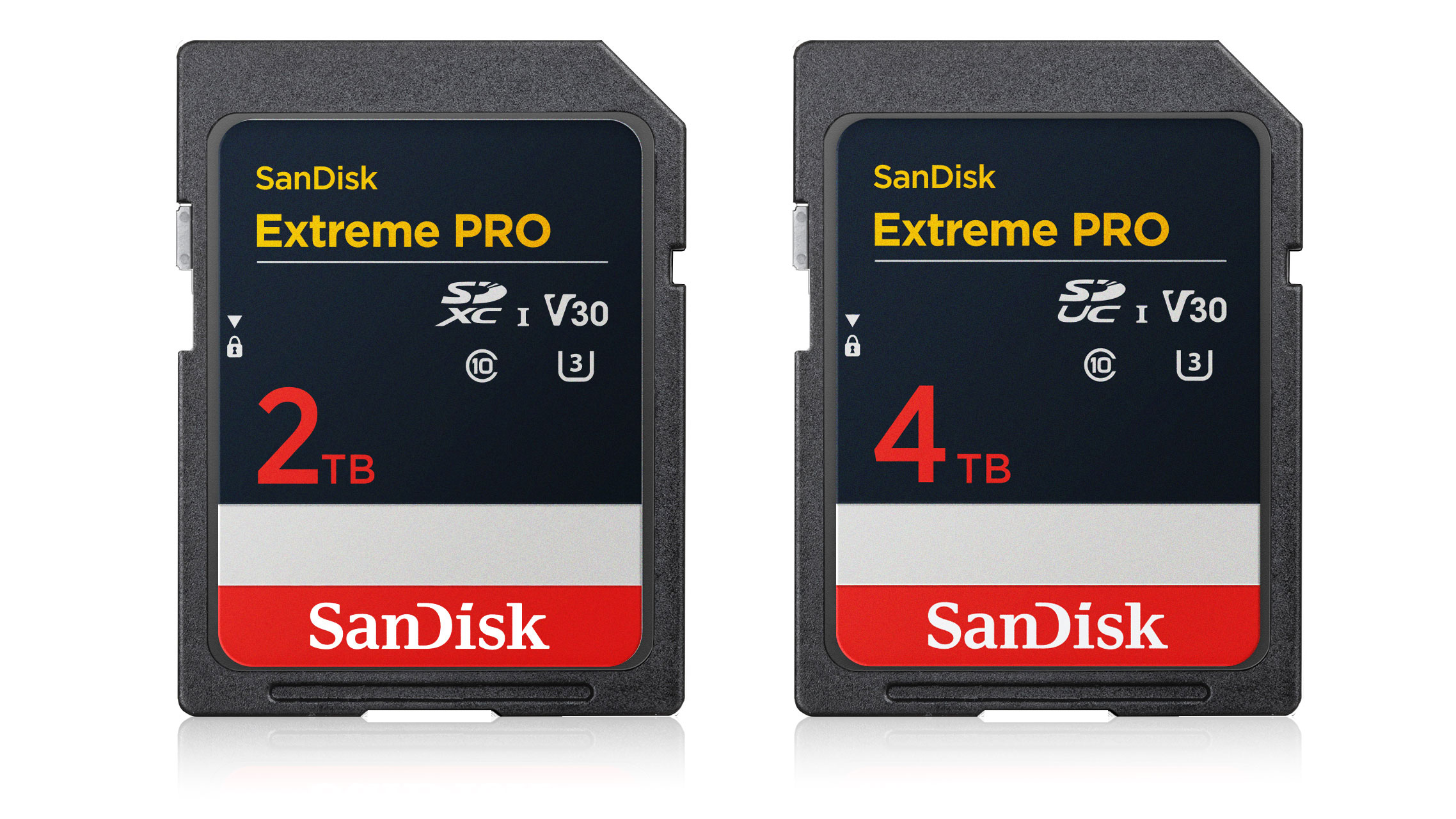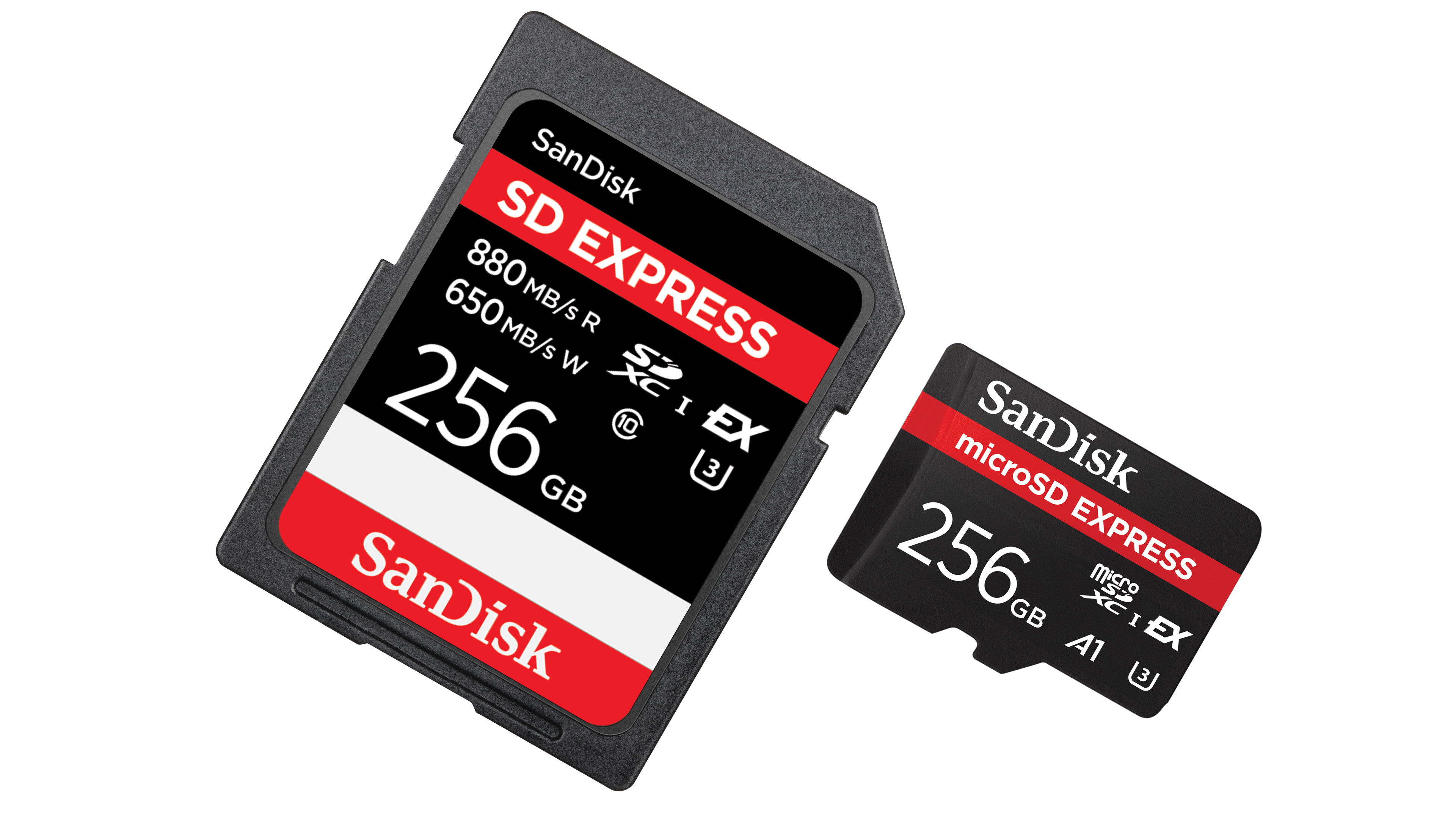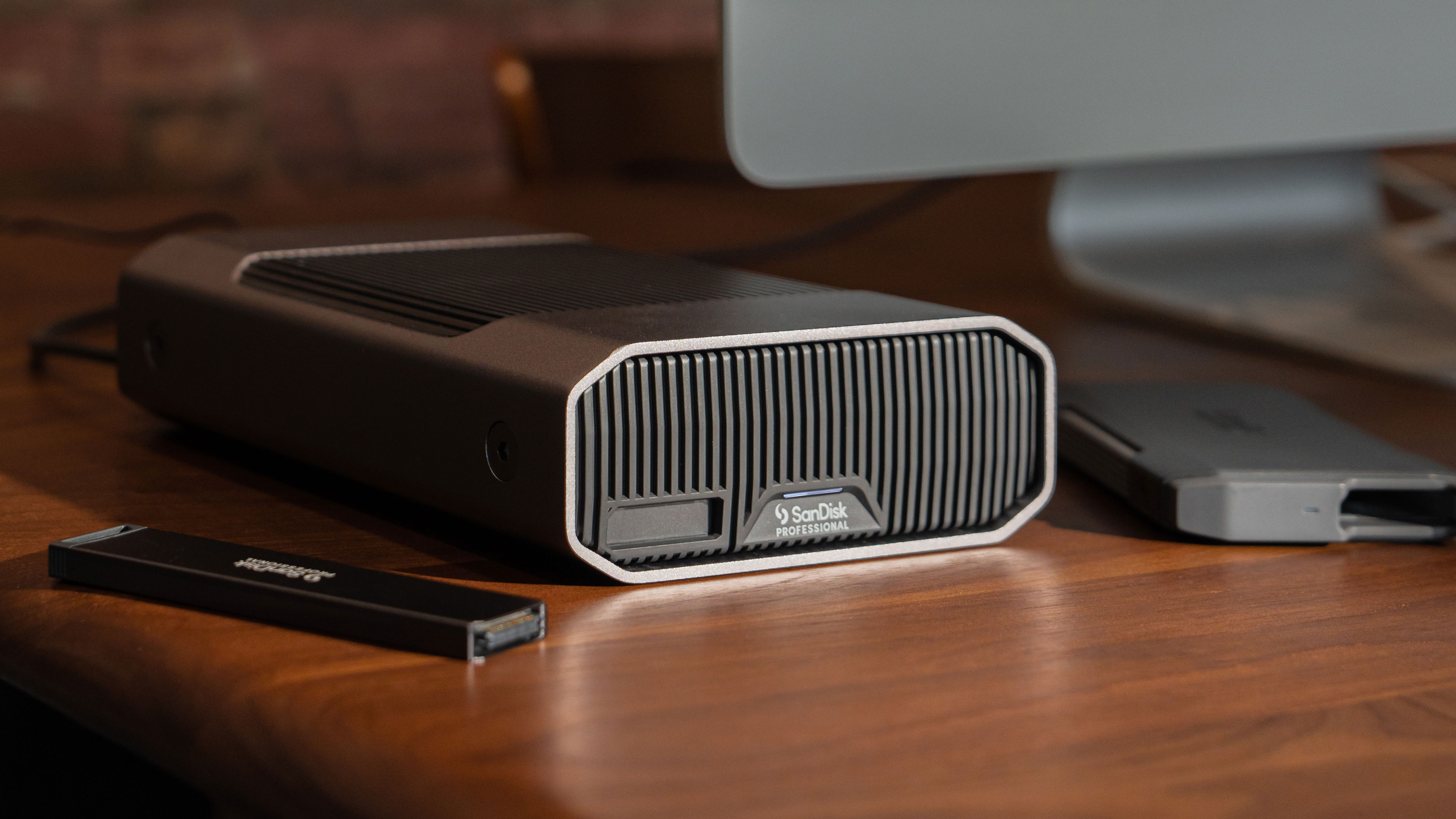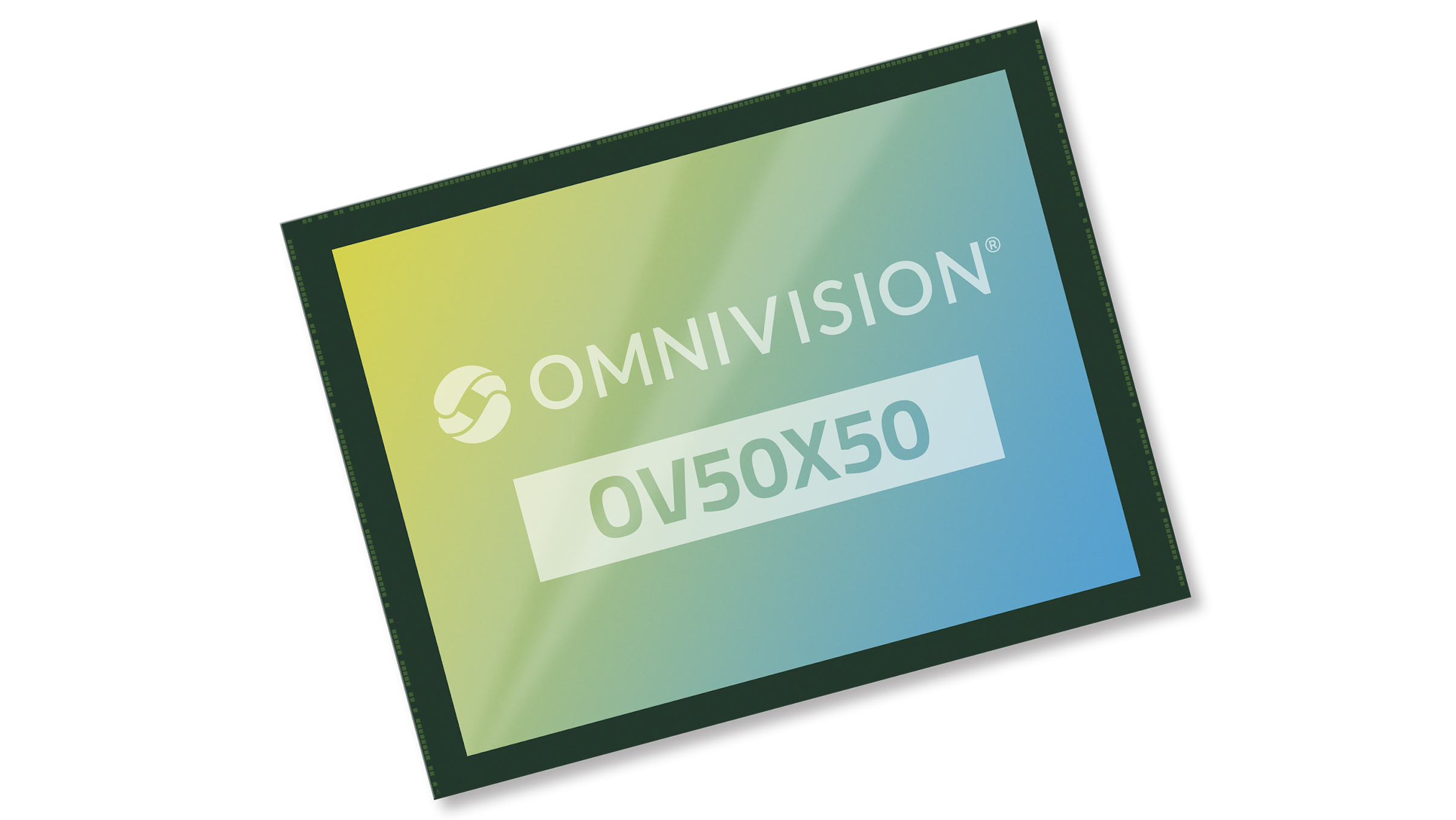Sandisk launches faster & bigger “next-gen” SD and microSD UHS-I memory cards
Sandisk boldly claims a higher level of performance for current “and future” applications

Western Digital has used the NAB 2024 show in Las Vegas to announce new, faster SandDisk SD and microSD cards with speeds “approaching SSDs”. The new memory cards are aimed at the growing demands of the media and entertainment (M&E) market for higher speeds and less time spent storing and transferring data.

New SanDisk Express SD and microSD Express 128GB/256GB UHS-I cards will offer up to 4.4x the speed of previous versions but with backwards hardware compatibility. The new cards feature SanDisk ThermAdapt enclosures and adaptive thermal management to keep them well within a safe temperature range.
Western Digital is also addressing the need for higher capacities, with the announcement of three new “groundbreaking” high capacity cards.
2TB SanDisk Extreme PRO SDXC UHS-I card – the world’s first 2TB UHS-I SDXC memory card.
2TB SanDisk Extreme PRO microSDXC UHS-I card – the world's fastest 2TB UHS-I microSD card. These two cards are expected to become available in the summer of 2024.
4TB SanDisk Extreme PRO SDUC UHS-I memory card – the world's first-ever 4TB UHS-I SD card. This uses the SDUC standard (Secure Digital Ultra Capacity), which enables storage capacities up to 128TB, though while this card is being showcased at NAB 2024, it’s not expected to be released until 2025.
What’s interesting is that storage specialists like Western Digital are still finding extra speed from the UHS-I format, and some of the best hybrid cameras and even the best cameras for vlogging still use UHS-I card slots rather than the faster UHS-II variant.
Get the Digital Camera World Newsletter
The best camera deals, reviews, product advice, and unmissable photography news, direct to your inbox!

New WD G-Drive and G-RAID storage options
Western Digital has also announced new products in its desktop storage range, with new Sandisk 24TB G-Drive and 24TB G-Drive Project units – the Project version incorporates a PRO-BLADE SSD Mag slot for easier data sharing across devices.
The 24TB G-Drive will cost $699.99 (about £562 / AUS1,083) while the Project version will be $929.99 (about £746 / AU$1,439). Both feature 7200 RPM Ultrastar drives and Thunderbolt 3 and USB-C 10Gbps data transfer.
WD has also expanded its range of RAID drives, to include:
Sandisk Professional 48TB G-RAID MIRROR ($1,599.99 – about £1,284 / AU$2,476) – Ships in RAID 1 (Mirroring) format to automatically create a duplicate (mirror) of your working files for data redundancy. It connects via Thunderbolt 3 and USB-C and incorporates a PRO-BLADE™ SSD Mag slot.
Sandisk Professional 96TB G-RAID SHUTTLE 4 ($4,499.99 – about £3,611 / AU$6965) – A transportable 4-bay hardware RAID fast data access and video editing. This device ships in RAID 5 format, but supports RAID 0, 1 and 10 configurations.
Sandisk Professional 192TB G-RAID SHUTTLE 8 ($7,499.99 – about £6,019 / AU$11,608) – Transportable 8-bay hardware RAID solution with massive storage for consolidated backup. It supports RAID 0, 1, 5, 6, 10, 50, and 60 configurations, and provides transfer rates up to 1690MB/s read and 1490MB/s write in the default RAID 5.5 setup.
The best RAID drives offer photographers and videographers much higher data transfer rates than regular hard drives or 'data redundancy' as a protection against hard drive failure, together with much higher capacities than SSDs and without the often prohibitive cost.

Rod is an independent photography journalist and editor, and a long-standing Digital Camera World contributor, having previously worked as DCW's Group Reviews editor. Before that he has been technique editor on N-Photo, Head of Testing for the photography division and Camera Channel editor on TechRadar, as well as contributing to many other publications. He has been writing about photography technique, photo editing and digital cameras since they first appeared, and before that began his career writing about film photography. He has used and reviewed practically every interchangeable lens camera launched in the past 20 years, from entry-level DSLRs to medium format cameras, together with lenses, tripods, gimbals, light meters, camera bags and more. Rod has his own camera gear blog at fotovolo.com but also writes about photo-editing applications and techniques at lifeafterphotoshop.com
